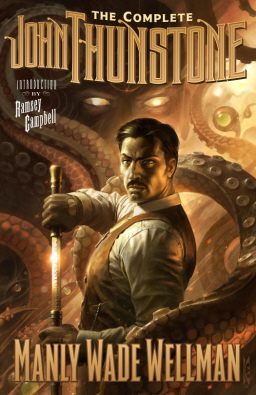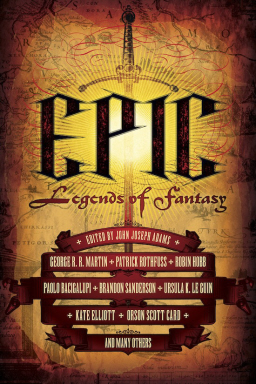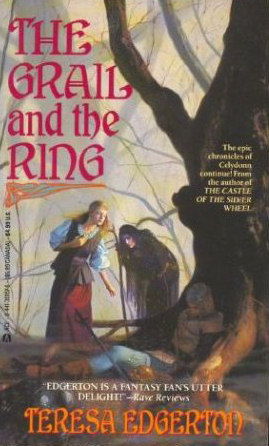Self-published Book Review: Chains of Loss by Robert Sier
That’s what I tell my wife that this book is about whenever she asks. Nanites, power suits, superhuman strength and intelligence versus hordes of raging orcs armed with crude weapons and dark magic. Okay, that’s not completely accurate. There’s only one cyborg, at least until the assimilating begins, and while there are plenty of orcs, most of the fights are against the same one. So, maybe “cyborg versus orc” would be more accurate.
Still, with a premise like that, there’s a lot of fodder for great stories, once you consider what else would be in a world that produces orcs and cyborgs: AIs and computers and starships, vampires and wizards and necromancy. And what happens when you combine them: orcs who can sense radio signals, flying humans created by technology? Robert Sier has managed to find a place for all of these things in his book, and the only question is with so much material, where do you begin.
So he starts with the hero. The cyborg, Derek Kazenushi, isn’t exactly military-grade: he just has the standard upgrades that any citizen of New Athens would, including enhanced speed and strength and healing, a few augments in matter fabrication, and the help of his built-in AI, Shadow. What he’s really specialized in, piloting, isn’t much help once his ship inexplicably crashes on Earth. That shouldn’t be possible, as Earth is light-years from New Athens, and faster-than-light travel doesn’t exist. New Athens lost all contact with Earth seven centuries ago, and Derek quickly learns that things have changed. There’s been a cataclysm, a merging of Earth with other worlds, bringing strange peoples and even stranger magic. Come to think of it, Earth merged with another world in the last novel I reviewed at Black Gate, too. Why doesn’t that sort of thing ever happen on this Earth?
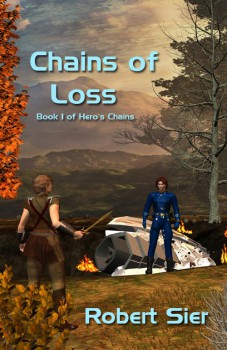
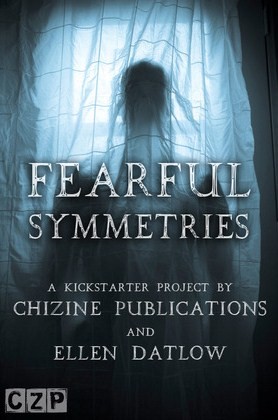
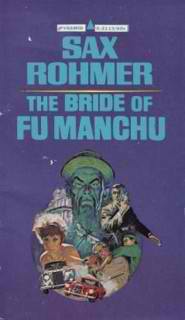
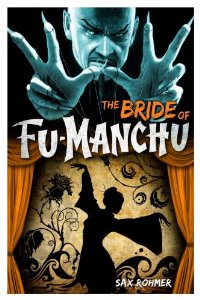
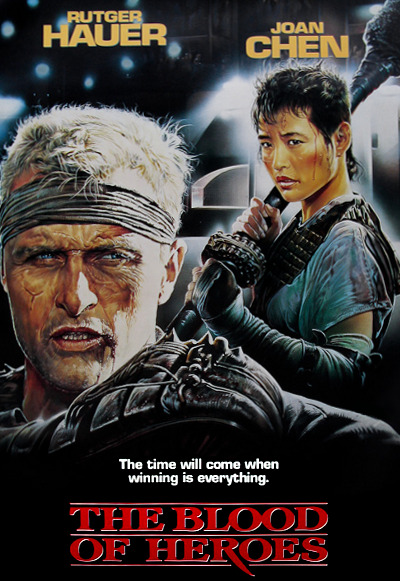
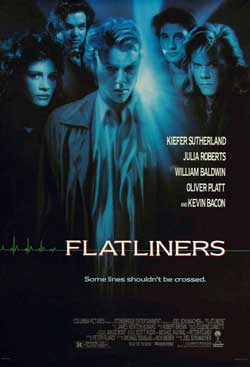
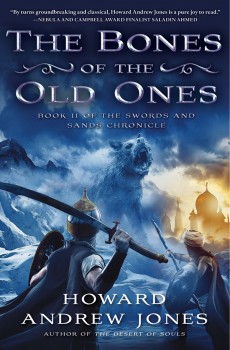 January marked the fourth straight month that we’ve been bringing you the best in adventure fantasy through our new Black Gate Online Fiction line. Every week we present an original short story or novella from the best writers in the industry, all completely free.
January marked the fourth straight month that we’ve been bringing you the best in adventure fantasy through our new Black Gate Online Fiction line. Every week we present an original short story or novella from the best writers in the industry, all completely free.